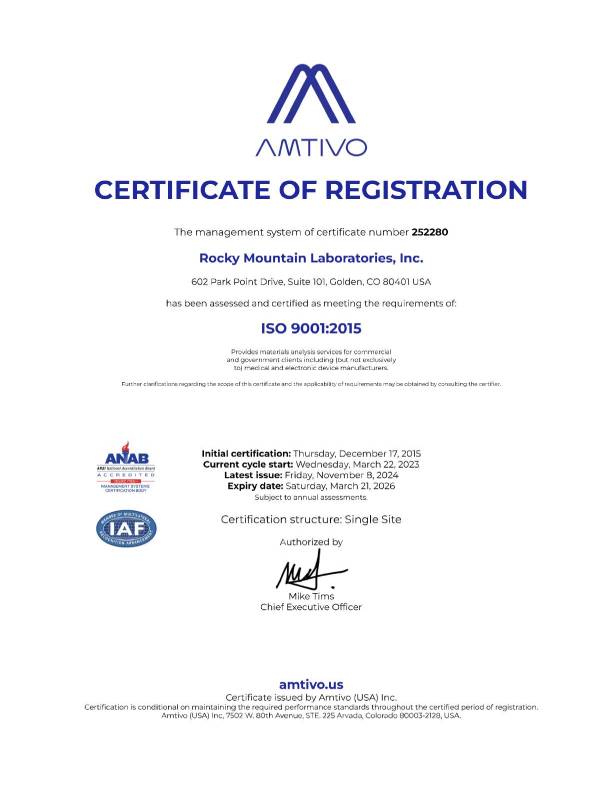EDS (Energy Dispersive X-ray Spectroscopy) and XRD (X-ray Diffraction) analysis are both techniques used in materials characterization, but they provide different types of information and are based on different principles.
- EDS Analysis (Energy Dispersive X-ray Spectroscopy):
- Information Obtained: EDS is primarily used for elemental analysis of a sample. It provides information about the composition of the material in terms of the elements present and their relative abundances.
- Principle: EDS relies on the interaction of high-energy electrons with the sample. When electrons strike the sample, they can cause the emission of characteristic X-rays from the elements present. The energy and intensity of these X-rays are measured to identify and quantify the elements in the sample.
- Spatial Resolution: EDS is often used in conjunction with electron microscopes (such as SEM) and provides information with high spatial resolution, making it useful for studying the elemental composition of small regions in a sample.
- XRD Analysis (X-ray Diffraction):
- Information Obtained: XRD is used for the analysis of the crystallographic structure of a material. It provides information about the arrangement of atoms in a crystal, including crystal phases, crystal orientation, and lattice parameters.
- Principle: XRD relies on the diffraction of X-rays by the crystal lattice of a material. When X-rays interact with a crystalline sample, they are diffracted at specific angles according to the crystal lattice structure. The resulting diffraction pattern is used to determine the crystallographic information of the material.
- Spatial Resolution: XRD provides information on a bulk scale, representing the average crystallographic structure of the entire sample. It is not typically used for high spatial resolution imaging.
While both Energy Dispersive X-ray Spectroscopy and XRD involve the use of X-rays for analysis, they serve different purposes. EDS is focused on elemental analysis with high spatial resolution, while XRD is focused on determining the crystallographic structure of materials on a bulk scale. Researchers often use these techniques together to gain a comprehensive understanding of a material’s composition and structure.



